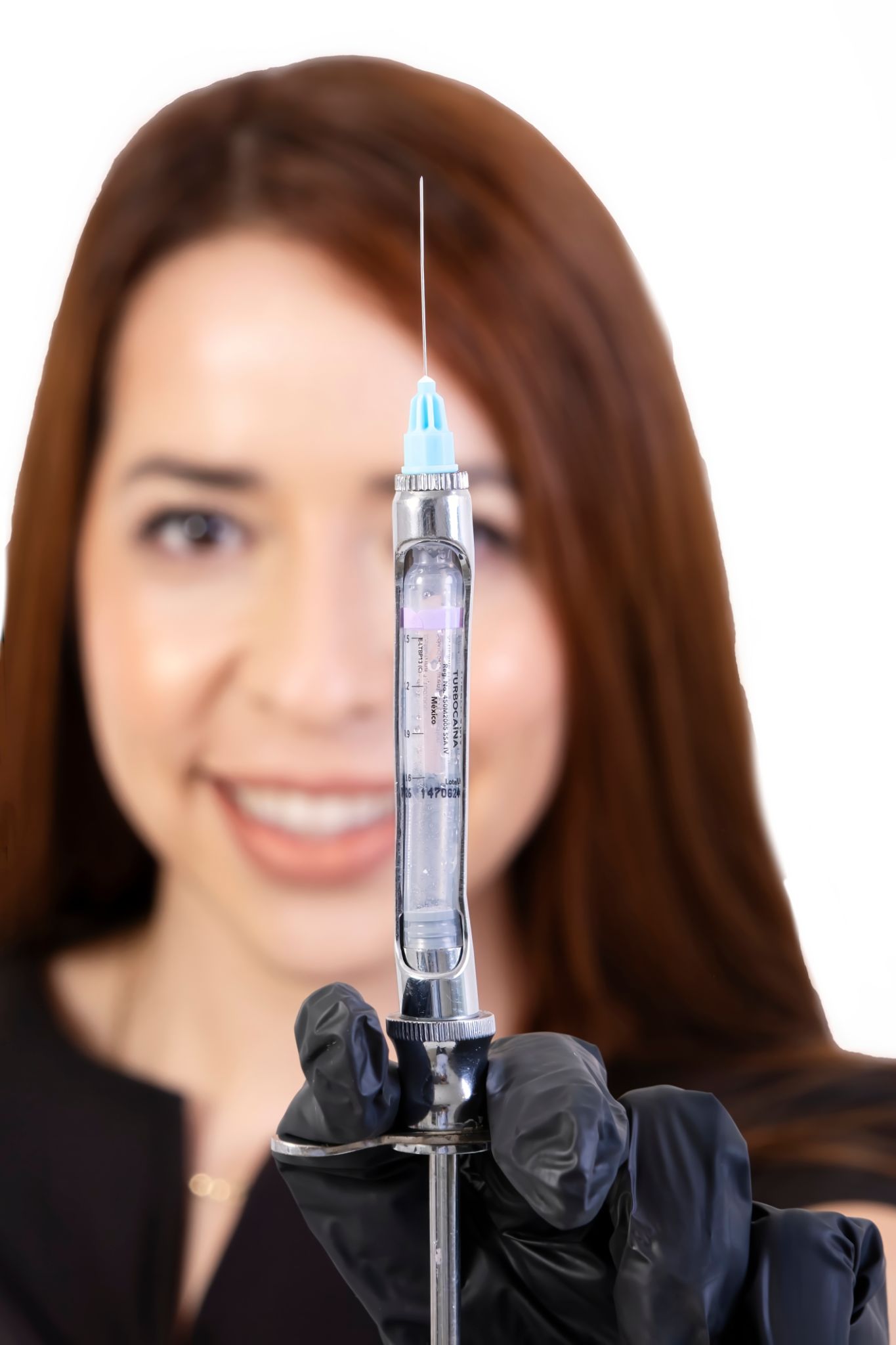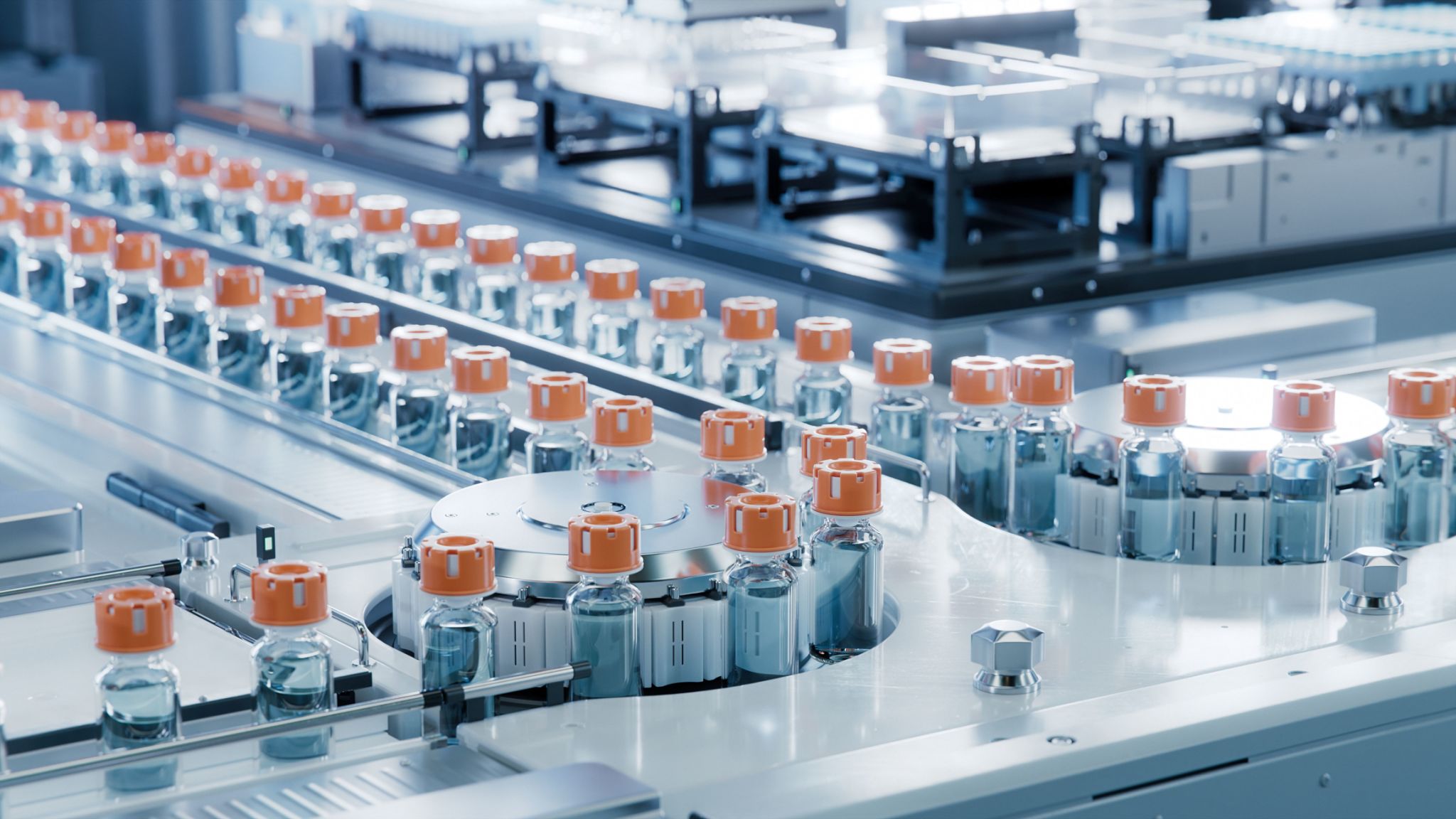Innovations in Injectable Drug Technologies: What’s Next?
Introduction to Injectable Drug Technologies
The field of injectable drug technologies has seen remarkable advancements over the years. These innovations are transforming how diseases are treated and managed, offering new hope for patients around the world. As research continues to evolve, we can expect even more breakthroughs that can further enhance the efficiency and safety of these drugs.

Current Innovations Driving Change
One of the most significant innovations in this field is the development of long-acting injectables. These formulations allow for the slow release of medication over weeks or even months, reducing the frequency of doses required. This is particularly beneficial for patients with chronic conditions who struggle with daily medication regimens.
Another exciting innovation is the use of biodegradable polymers in drug delivery systems. These materials can be engineered to degrade at specific rates, ensuring that drugs are released at the optimal time for maximum efficacy. This approach not only improves patient compliance but also minimizes potential side effects.
Smart Injectables and Personalized Medicine
Smart injectables represent another frontier in drug technology. These devices can be programmed to deliver precise doses of medication based on real-time monitoring of a patient's condition. This level of personalization ensures that patients receive exactly what they need, when they need it, without the risks associated with over or under-dosing.

Moreover, the integration of data analytics and artificial intelligence in injectable technologies is paving the way for more personalized medicine. By analyzing patient data, healthcare providers can tailor treatments to individual needs, improving outcomes and enhancing patient satisfaction.
Challenges and Considerations
Despite these advancements, challenges remain in the field of injectable drug technologies. One such challenge is ensuring the stability and compatibility of new drug formulations. Researchers must ensure that these innovative drugs maintain their efficacy and safety throughout their shelf life.
Additionally, the development of these advanced technologies often comes with increased costs. Balancing affordability with innovation is crucial to ensure that these groundbreaking treatments are accessible to all who need them.

The Future of Injectable Drug Technologies
The future of injectable drug technologies is filled with potential. Researchers are exploring the use of nanotechnology to create even more targeted delivery systems. These nano-sized carriers can deliver drugs directly to affected cells, enhancing efficacy while minimizing side effects.
Furthermore, the development of self-administered injectables is gaining traction. These devices empower patients to manage their treatments from the comfort of their homes, reducing the need for frequent hospital visits and improving overall quality of life.
Conclusion
The innovations in injectable drug technologies are revolutionizing healthcare by providing more effective, personalized, and patient-friendly treatment options. As research and development continue to advance, we can look forward to a future where injectable drugs offer even greater benefits and accessibility to patients worldwide.